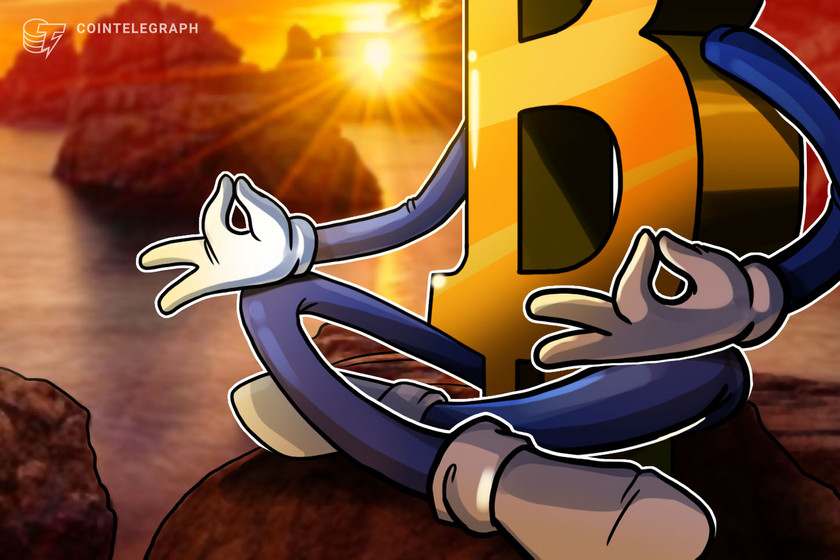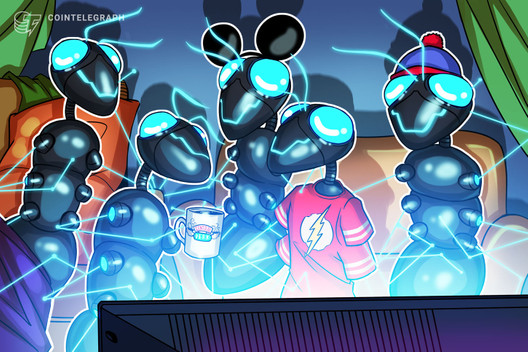Bitcoin Halving Means Miners Will No Longer Be Biggest Sellers of BTC
After the halving, crypto exchanges selling Bitcoin, which they collected in trading fees, may pose the biggest threat to the ongoing Bitcoin rally as miners earn less BTC.

Following the Bitcoin (BTC) halving on May 12, traders generally expect the price of the top-ranking cryptocurrency by market capitalization to drop. According to a prominent on-chain analyst, the selling pressure may come from crypto exchanges.
Willy Woo, the co-founder of Hypersheet, said that exchanges will likely begin selling their storage of crypto assets composed of trading fees. Typically, exchanges receive trading fees in the form of cryptocurrencies and sell them to cover operational costs.
Considering that the crypto exchange market generates 1,200 BTC a day from fees — equivalent to $11.6 million — it may slow down the uptrend of Bitcoin.
Selling pressure that comes from crypto exchanges may spoil Bitcoin recovery
Subsequent to the Bitcoin halving, miners will generate half of the BTC they used to in the past four years.

Historical revenue of Bitcoin miners. Source: Blockchain
On a daily basis, the revenues of miners will decline from 1,800 BTC to 900 BTC, based on rough estimates released by Woo.
When the revenues of miners get cut by half, the mining sector will earn about 33% less BTC than the cryptocurrency exchange market. As such, the risk of a major sell-off post-halving comes from exchanges more than miners.
Woo explained:
Post this 2020 halvening miners will cease to be the biggest sellers of Bitcoin. It’ll be the dawn of the crypto exchange as the leading seller. The biggest sell pressure on Bitcoin will soon be from exchanges selling their BTC fees collected into fiat.

Bitcoin exchange volume continues to increase while mining revenue falls. Source: Skew
He emphasized that the term “selling pressure” is often misused in the cryptocurrency market. When individual traders sell or buy Bitcoin in the exchange market, the orders are matched with one another. It is difficult to categorize such trades as sell or buy volume.
Instead, he noted that there are two main sources of selling that affect the market: miners and exchanges.
The analyst said:
There’s only two unmatched sell pressures on the market. (1) Miners who dilute the supply and sell onto the market, this is the hidden tax via monetary inflation. And (2) the exchanges who tax the traders and sell onto the market.
But, some argue that the market is likely to be pricing in the pressure of exchange fee-to-cash conversion.
Prominent trader says it won’t introduce new sell pressure on the market
Well-known Bitcoin investor “I am Nomad” stated that every major cryptocurrency exchange already sells a big percentage of their fees to cash through the market or with a long-term strategy.
The market may already be pricing in the conversion of fees to cash, reducing the likelihood of it causing a strain on the market.
The investor said:
Every major exchange sells a large percentage of fees to cash already (via their own market or long term tranche). I know this because I’ve been on the buy side of said deal. This is not introducing new sell pressure people should be scared of. It’s the same as it’s always been.
If cryptocurrency exchanges continuously convert their fees to cash on a regular basis, it is not likely to impose heavy pressure on the Bitcoin price trend after the halving.









